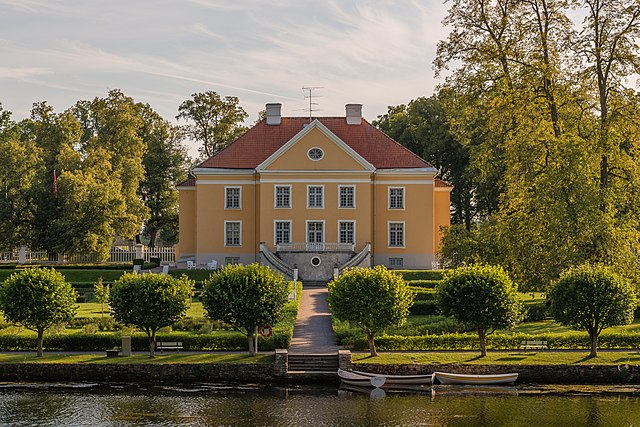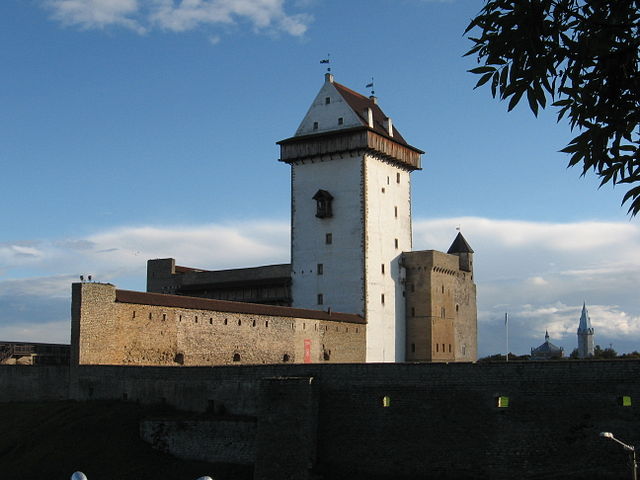Estonia under Swedish rule
Estonia under Swedish rule (1561–1710) signifies the period of time when large parts of the country, and after 1645, entire present-day Estonia, were under Swedish rule. In the wake of the breakup of the State of the Teutonic Order, the Baltic German local nobility in the areas of Harrien (Harjumaa) and Wierland (Virumaa), as well as the city of Reval (Tallinn) in June 1561 asked for and were granted protection by the Swedish king Eric XIV, leading to Swedish involvement in the Livonian War. At the conclusion of hostilities in 1583, Sweden was in control of the northern parts of modern Estonia and Dagö ; the Duchy of Estonia was created from this territory. Following renewed wars between Poland and Sweden, the southern parts of present-day Estonia were incorporated into Sweden by the Treaty of Altmark in 1629. Sweden also conquered the island of Ösel (Saaremaa) from Denmark, and were thus in control of all of present-day Estonia.

The era of Swedish rule in Estonia started under the rule of King Eric XIV.
Koluvere Castle, the site of the 1573 Battle of Lode between the Swedish and invading Russian troops during the 1558–1583 Livonian War. The war ended with the confirmation of Swedish sovereignty over northern Estonia.
The manor of Palms was built during the reign of Charles XI.
Charles XI initiated several reforms in Swedish-controlled Estonia.
Estonia, officially the Republic of Estonia, is a country by the Baltic Sea in Northern Europe. It is bordered to the north by the Gulf of Finland across from Finland, to the west by the sea across from Sweden, to the south by Latvia, and to the east by Lake Peipus and Russia. The territory of Estonia consists of the mainland, the larger islands of Saaremaa and Hiiumaa, and over 2,300 other islands and islets on the eastern coast of the Baltic Sea, covering a total area of 45,335 square kilometres (17,504 sq mi). Tallinn, the capital city, and Tartu are the two largest urban areas of the country. The Estonian language is the indigenous and official language of Estonia, and it is the first language of the majority of the country's population of 1.4 million.
Bronze Age stone-cist graves in north Estonia
Old Town of Tallinn
Narva fortress.
"Academia Dorpatensis" (now University of Tartu) was founded in 1632 by King Gustavus as the second university in the kingdom of Sweden. After the king's death it became known as "Academia Gustaviana".








